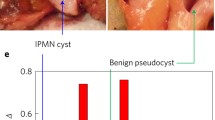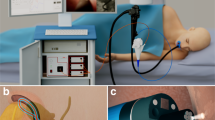Abstract.
The intestinal crypts contain mucus-secreting goblet cells in large numbers. In the tubular gland (crypt), the cells are generated at the bottom and end their life cycle at the top. Recently, FTIR microspectroscopy (FTIR-MC) has been applied in biology and medicine. The characterization of various cellular types using FTIR-MC and its subsequent application for the diagnosis of cancer is becoming a reality. In this report, we investigate the differential cellular activity in the normal tubular gland using FTIR-MC. Our results indicate that the absorbance for the cells in the bottom of the crypt is always higher than those in the upper portion. There are spectral pattern changes and frequency shifts for cells at the bottom and top sites of the normal crypt. Also, the comparison of a normal crypt with a malignant one has been made. This is the first spectroscopic evidence in the literature showing the difference in the cellular activity at different sites in the tubular gland. The reasons for our observations and their implications are discussed.
Similar content being viewed by others
Author information
Authors and Affiliations
Additional information
Electronic Publication
Rights and permissions
About this article
Cite this article
Ramesh, J., Argov, S., Salman, A. et al. Spectroscopic evidence for site-specific cellular activity in the tubular gland in human intestine. Eur Biophys J 30, 612–616 (2002). https://doi.org/10.1007/s00249-001-0191-1
Received:
Revised:
Accepted:
Issue Date:
DOI: https://doi.org/10.1007/s00249-001-0191-1




